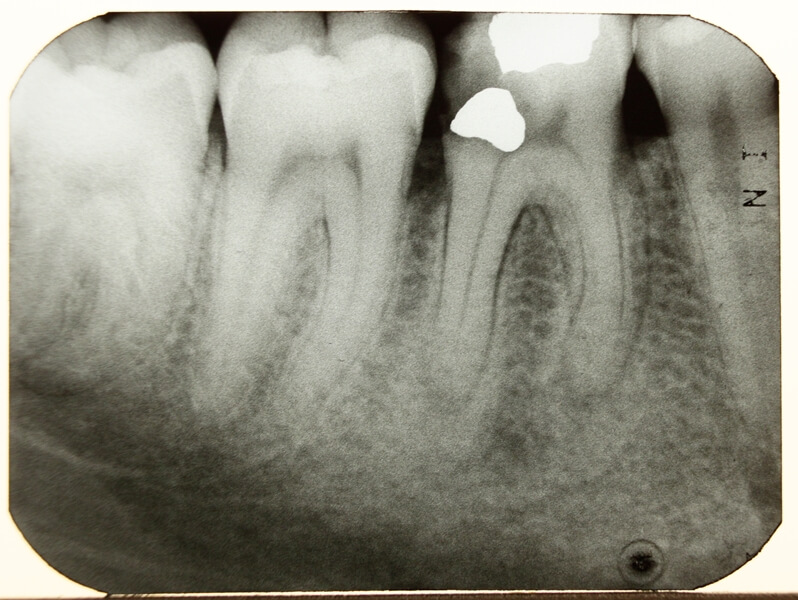Dental X-Ray and RVG
What are Dental Xray?
X-rays, also known as radiographs, are an essential part of any dental care treatment plan. They are diagnostic, but they can also be preventative, by helping a dentist diagnose potential oral care issues in a patient’s mouth before they become a major problem.

How do X-Rays help a dentist?
X-Rays help a dentist in the following ways:
- Detect problems that can’t be seen with a visual exam.
- Find cavities and even small areas of decay between the teeth or below existing fillings.
- Look at the tooth roots.
- Check the health of the bony area around the tooth.
- Determine if there is periodontal disease in oral tissues.
- See the status of developing teeth.
- See how the child’s teeth are erupting (coming into the mouth).
- Find out whether there are missing teeth or extra teeth.
- Monitor mouth and teeth injuries.
- Prepare for braces and other orthodontic treatment.
- Identify bone diseases or infections in the bone, abscesses or cysts, developmental abnormalities; some types of tumors etc.
- Monitor good tooth health through prevention
What are the types of Dental X-rays?
Dental X-rays are divided into two main categories:
- Intraoral X-ray – Intraoral is an X-ray that is taken inside the mouth. Intraoral X-rays are the most common type of radiograph taken in dentistry. They give a high level of detail of the tooth, bone and supporting tissues of the mouth.
- Extraoral X-ray –An extraoral X-ray is taken outside of the mouth. Extraoral X-rays show teeth, but their main focus is the jaw and skull. These X-rays do not provide the detail found with intraoral X-rays. Extraoral X-rays are used to look for impacted teeth, monitor growth and development of the jaws in relation to the teeth, and to identify potential problems between teeth and jaws and the temporomandibular joint or other bones of the face.
What is digital dental X-Ray imaging or RVG ?
RVG or Digital RadioVisioGraphy is the latest X-ray technology in dentistry. Instead of developing X-ray film in a dark room, the X-rays are sent directly to a computer and can be viewed on screen, stored, or printed out. There are several benefits of using this new technology:
- reduced radiation of the patient compared with classic X-ray up to 80%
- faster imaging without X-ray film and developing images
- digital intraoral sensor is used instead of X-ray film
- immediate imaging on the computer screen
- high quality of the digital image that can be analyzed and processed
- saving images in the patient’s file
- children friendly for reduced radiation, if imaging is necessary
- The image taken, of a tooth for example, can be enhanced and enlarged many times its actual size on the computer screen, making it easier to show you where and what the problem is.
- If necessary, images can be electronically sent to another dentist or specialist for a second opinion on a dental problem.
FAQs on Dental X-Rays
You need to visit a dentist for a dental X-Ray in Siliguri
Yes, there is a facility for dental X-Ray and RVG at Dr Agarwal’s Clinic.
Yes, Dr Shikha Agarwal, among the best dentist doctor in Siliguri, is available for consultation at Dr Agarwal’s Clinic.
To book an appointment with Dr Shikha Agarwal please call the reception desk at 9832229559 or 9547612556. For more details visit this link – book an appointment with Dr Shikha Agarwal



